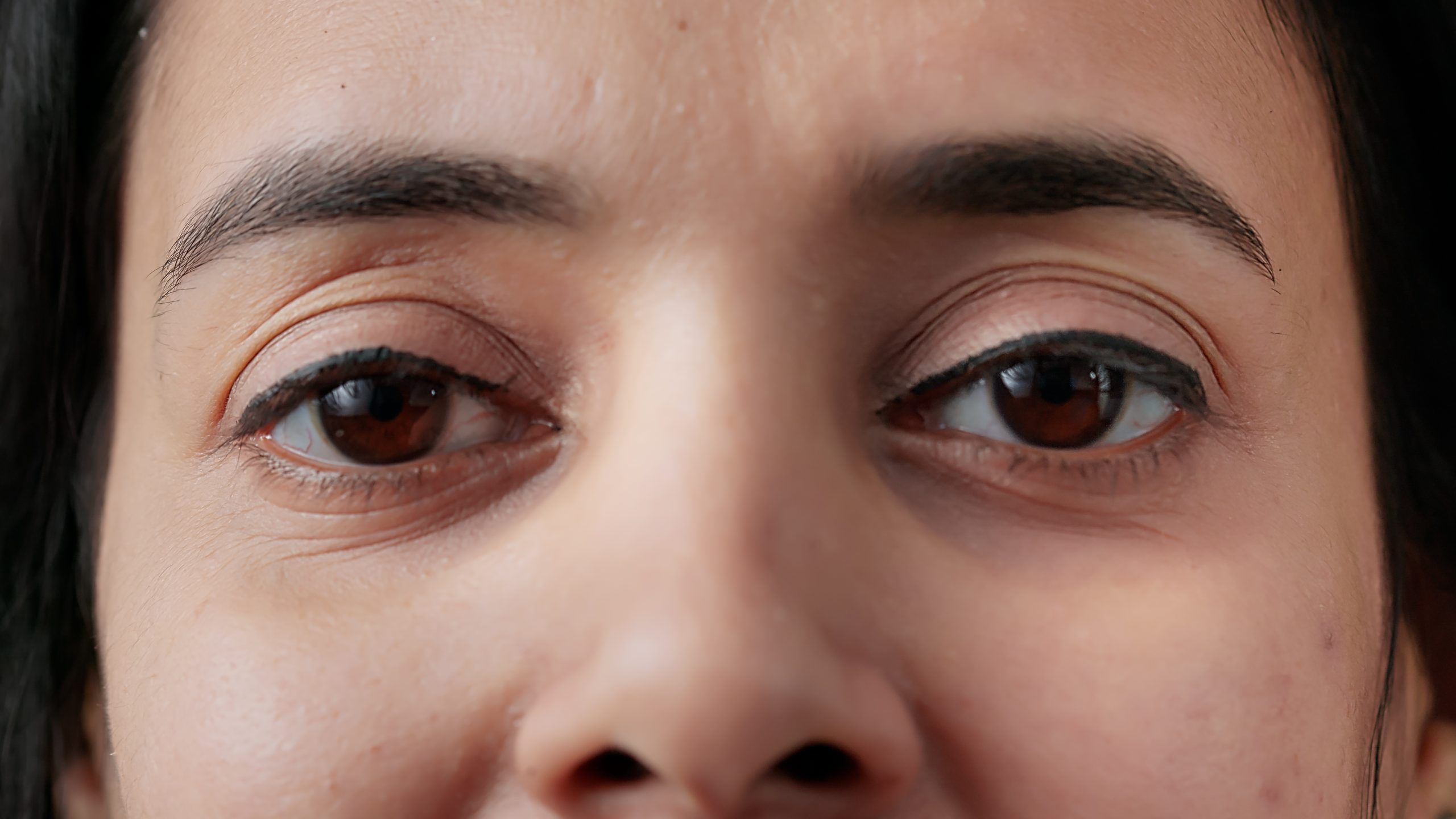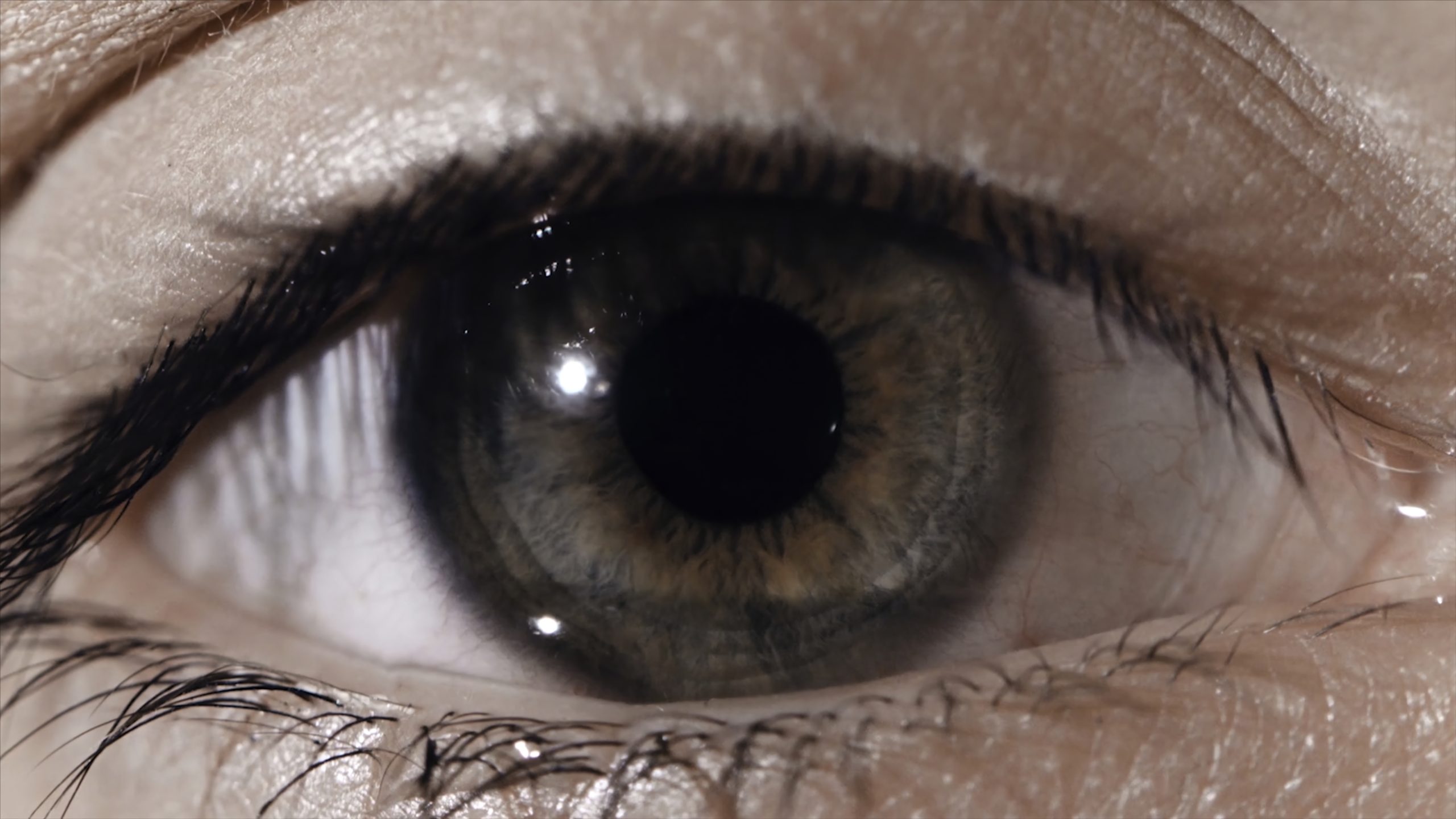Toxoplasmosis and Ocular Involvement
Introduction
Toxoplasmosis, caused by the protozoan parasite Toxoplasma gondii, is a globally prevalent infection that affects humans and animals. While it often presents with mild symptoms resembling the flu in healthy individuals, it can lead to severe complications, especially in immunocompromised individuals and pregnant women. Ocular toxoplasmosis, a common manifestation of this infection, occurs when the parasite affects the eye, particularly the retina. Understanding the ocular symptoms, diagnostic approaches, and treatment options for toxoplasmosis is crucial for preserving vision and mitigating potential complications.
Ocular Symptoms of Toxoplasmosis
Ocular toxoplasmosis can present with a range of symptoms, which may vary in severity and duration. These symptoms include:
- Blurred Vision or Vision Loss: Individuals with ocular toxoplasmosis often experience a reduction in visual acuity, characterized by blurred vision or, in severe cases, partial or complete vision loss.
- Floaters: Dark spots or specks that drift across the visual field, known as floaters, are commonly reported by individuals with ocular toxoplasmosis. These floaters may result from inflammation or debris within the vitreous humor of the eye.
- Eye Pain or Redness: Inflammation of the eye structures, particularly the retina, can cause eye pain, discomfort, or redness. These symptoms may be exacerbated by movement or manipulation of the eye.
- Sensitivity to Light (Photophobia): Increased sensitivity to light, or photophobia, is a common symptom of ocular inflammation, including toxoplasmosis. Bright light sources may cause discomfort or exacerbate existing visual disturbances.
- Excessive Tearing: Ocular irritation and inflammation may stimulate tear production, resulting in excessive tearing or watery eyes.
Diagnosis of Ocular Toxoplasmosis
Diagnosing ocular toxoplasmosis involves a thorough evaluation by an eye care professional, often complemented by specialized tests and imaging studies. Diagnostic approaches may include:
- Dilated Eye Examination: During a dilated eye exam, the eye care provider uses special instruments to examine the interior structures of the eye, including the retina, optic nerve, and vitreous humor. Signs of inflammation, such as retinal lesions or vitritis, may indicate ocular toxoplasmosis.
- Fluorescein Angiography: This imaging technique involves injecting a fluorescent dye into the bloodstream and capturing sequential images of the retina. Fluorescein angiography helps visualize blood flow and identify areas of vascular leakage or abnormal perfusion associated with inflammation.
- Optical Coherence Tomography (OCT): OCT generates high-resolution cross-sectional images of the retina, allowing for detailed assessment of retinal thickness, integrity, and morphology. OCT findings may reveal retinal edema, subretinal fluid, or structural changes indicative of ocular toxoplasmosis.
- Serologic Testing: Blood tests may be performed to detect specific antibodies to Toxoplasma gondii, confirming the presence of the parasite in the body and supporting the diagnosis of toxoplasmosis. Serologic testing is particularly useful in cases where ocular involvement is suspected but not definitively confirmed by clinical examination alone.
Treatment Options for Ocular Toxoplasmosis
The management of ocular toxoplasmosis aims to control inflammation, suppress parasite replication, and preserve vision integrity. Treatment modalities may include:
- Antimicrobial Therapy: Oral medications such as pyrimethamine, sulfadiazine, and trimethoprim-sulfamethoxazole are commonly prescribed to target Toxoplasma gondii and inhibit its growth. These antimicrobial agents may be used alone or in combination, depending on the severity and extent of ocular involvement.
- Corticosteroids: Topical or systemic corticosteroids may be administered to reduce intraocular inflammation and mitigate symptoms associated with ocular toxoplasmosis. Corticosteroids help suppress the immune response and minimize tissue damage caused by the inflammatory cascade.
- Antibiotics: In cases where secondary bacterial infection or superinfection is suspected, antibiotic eye drops or ointments may be prescribed to prevent microbial proliferation and promote ocular surface health. These antibiotics may be administered concurrently with antimicrobial and anti-inflammatory therapy.
- Laser Therapy: In select cases of ocular toxoplasmosis complicated by retinal detachment, choroidal neovascularization, or macular edema, laser photocoagulation may be employed to seal retinal breaks, ablate abnormal blood vessels, or induce scarring. Laser therapy helps stabilize the retina and prevent further vision loss in affected individuals.
Prevention and Prognosis
Preventing ocular toxoplasmosis involves adopting strategies to minimize exposure to Toxoplasma gondii and practicing good hygiene habits. These preventive measures may include:
- Avoiding Raw or Undercooked Meat: Consuming properly cooked meat and poultry reduces the risk of ingesting Toxoplasma cysts harbored within infected animal tissues.
- Hand Hygiene: Washing hands thoroughly with soap and water after handling raw meat, soil, or fecal matter, particularly from outdoor environments or pet litter boxes, helps prevent oral transmission of Toxoplasma oocysts.
- Safe Food Handling Practices: Employing proper food preparation and storage techniques, such as refrigerating perishable items promptly and washing utensils and cutting boards between uses, minimizes the risk of foodborne toxoplasmosis transmission.
- Avoiding Contact with Cat Feces: Pregnant women and immunocompromised individuals should avoid handling cat litter or soil potentially contaminated with cat feces to reduce the risk of Toxoplasma infection. If necessary, gloves should be worn when cleaning litter boxes or gardening.
The prognosis for ocular toxoplasmosis depends on various factors, including the extent of ocular involvement, the promptness of diagnosis and treatment initiation, and the individual’s overall health status. With timely intervention and appropriate management, many individuals with ocular toxoplasmosis experience favorable outcomes, including resolution of inflammation, preservation of visual function, and prevention of recurrent episodes. However, in severe or complicated cases involving extensive retinal damage or macular involvement, permanent vision loss or structural impairment may occur despite therapeutic interventions.
Conclusion
Ocular toxoplasmosis represents a significant clinical challenge due to its potential to cause vision-threatening complications and recurrent inflammatory episodes. By recognizing the ocular symptoms, employing appropriate diagnostic techniques, and implementing targeted treatment strategies, eye care professionals can effectively manage ocular toxoplasmosis and optimize visual outcomes for affected individuals. Collaborative efforts between patients, healthcare providers, and public health authorities are essential in raising awareness about toxoplasmosis prevention, facilitating early detection, and mitigating the burden of ocular morbidity associated with this parasitic infection. Through comprehensive ocular examination, diligent surveillance, and evidence-based management protocols, ocular toxoplasmosis can be effectively controlled, allowing individuals to maintain visual health and quality of life.
World Eye Care Foundation’s eyecare.live brings you the latest information from various industry sources and experts in eye health and vision care. Please consult with your eye care provider for more general information and specific eye conditions. We do not provide any medical advice, suggestions or recommendations in any health conditions.
Commonly Asked Questions
If you experience symptoms suggestive of ocular toxoplasmosis, such as blurred vision or eye pain, it is important to seek prompt evaluation and treatment by an eye care professional to prevent potential vision complications.
Currently, there is no commercially available vaccine for toxoplasmosis. Prevention strategies focus on hygiene practices and avoiding exposure to the parasite.
Yes, ocular toxoplasmosis can be treated with antimicrobial therapy, corticosteroids, antibiotics, and laser therapy to control inflammation, suppress parasite replication, and preserve vision.
Long-term effects of ocular toxoplasmosis may include recurrent inflammation, retinal scarring, and permanent vision loss, particularly if not managed promptly and effectively.
Ocular toxoplasmosis is diagnosed through a comprehensive eye examination, including dilated eye exam, imaging tests such as fluorescein angiography, and serologic testing for Toxoplasma antibodies.
Risk factors for ocular toxoplasmosis include exposure to Toxoplasma gondii, weakened immune system, pregnancy, and close contact with cats or contaminated environments.
Practicing good hygiene, avoiding raw or undercooked meat, washing hands thoroughly, and minimizing contact with cat feces can help prevent toxoplasmosis infection.
Toxoplasmosis is not typically considered contagious between humans, except in cases of organ transplantation or blood transfusion from infected donors.
Toxoplasmosis can be transmitted through ingestion of contaminated food or water, handling of cat litter, or congenitally from mother to fetus during pregnancy.
Yes, toxoplasmosis can cause ocular symptoms such as blurred vision, floaters, and sensitivity to light, potentially leading to vision loss if left untreated.
news via inbox
Subscribe here to get latest updates !







